The article below is excerpted from the Organic Matters 2019 Spring issue. Access the full issue here.
It’s no surprise that composting is viewed with such high favor among organic farmers and gardeners. The benefits have real potential and it’s a feel-good type of activity too. But why is that? Maybe it’s because we create useful materials for plant production, or avoid useless chemical treatments that are too often assumed to be the standard for growing plants; or maybe it’s because we’re practicing an archaic form of nutrient management and disease control for modern agriculture. Others could be avoiding the financial burden of purchasing bags of fertilizers and other soil amendments. Still, some are making compost simply because they believe it works. Whatever the reason, all practitioners seem to be proud of their compost – so much that it triggers an emotional response.
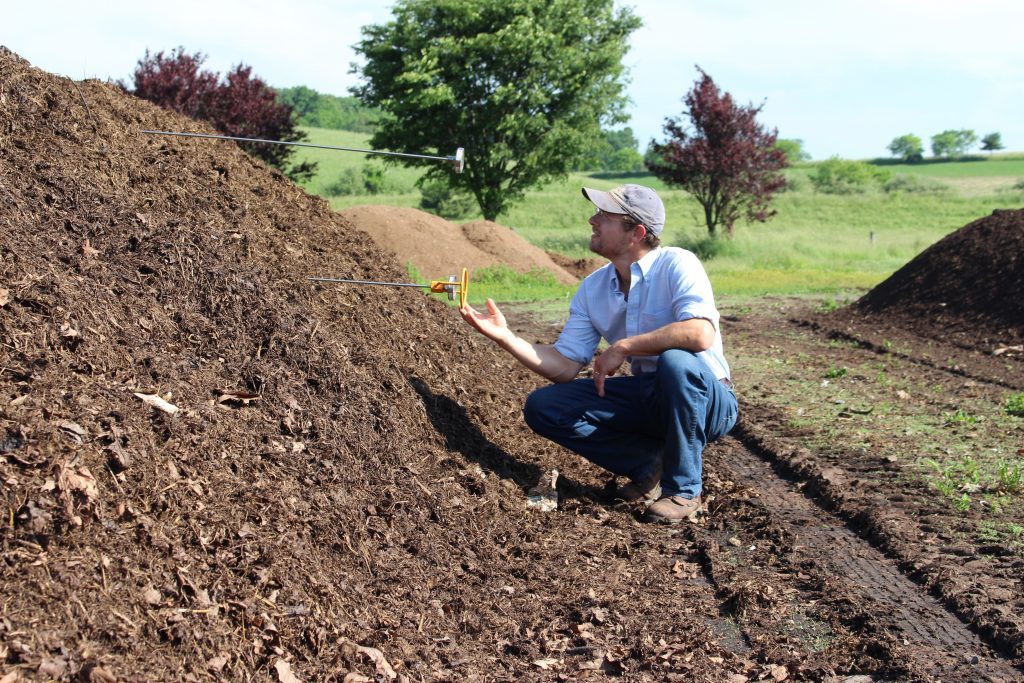
Too good to waste
In general, composting has dual benefits. First, it can be used as an effective tool for waste management and second, finished compost is a valuable soil amendment for plant production. The vast majority of the agricultural community would have no problem giving an educated response to identifying the benefits of using compost, but what is discussed much less is the waste management aspect of composting.
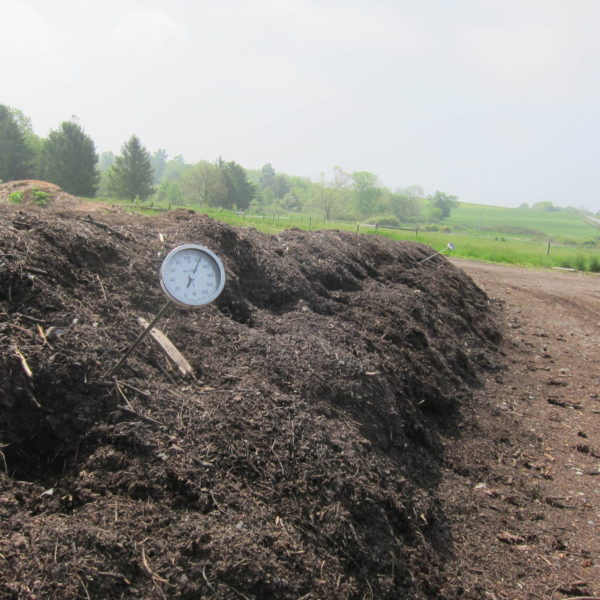 So, let’s consider for a minute the “why compost” question. In 2016, U.S. Environmental Protection Agency published a report documenting the trends in municipal solid waste (MSW) generation, recycling, composting, and landfilling in the U.S. The data was quite impressive. Total waste generation has risen steadily each year since first documenting in 1960. In 2014, MSW generation in the U.S. was 258.5 million tons, but what does that mean for this audience?
So, let’s consider for a minute the “why compost” question. In 2016, U.S. Environmental Protection Agency published a report documenting the trends in municipal solid waste (MSW) generation, recycling, composting, and landfilling in the U.S. The data was quite impressive. Total waste generation has risen steadily each year since first documenting in 1960. In 2014, MSW generation in the U.S. was 258.5 million tons, but what does that mean for this audience?
Food waste and yard trimmings account for over 28% of the MSW generated, and of that only 2.2% of food waste and 23.6% of yard trimmers were diverted from the landfill for recycling and composting (Figure 1). These materials are easily compostable in any backyard composting system. Still, there is a problem in this country because we have landfills that are nearly 30% food waste and yard trimmings (Figure 2). Compost is certainly not a magic bullet for agricultural nutrient management but think about all those resources we could use to improve our soils for crop production and a wide variety of other uses.
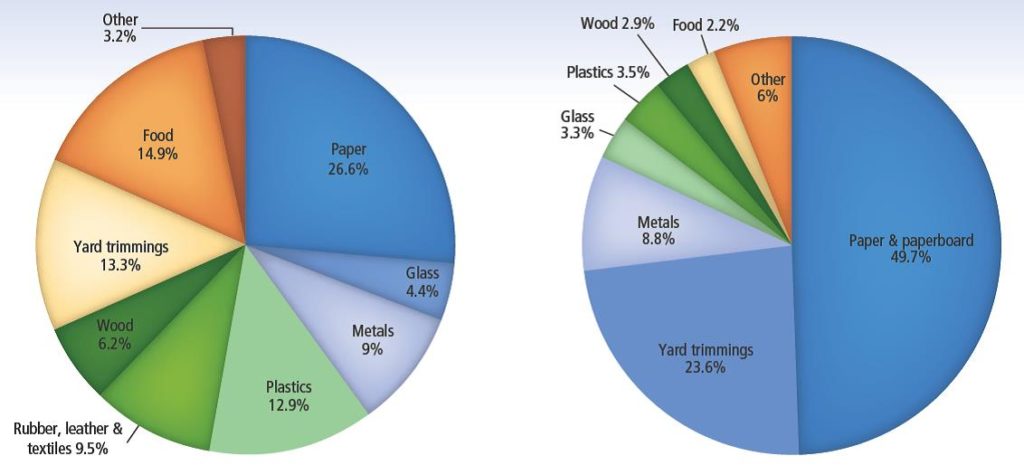

No one right way to make compost
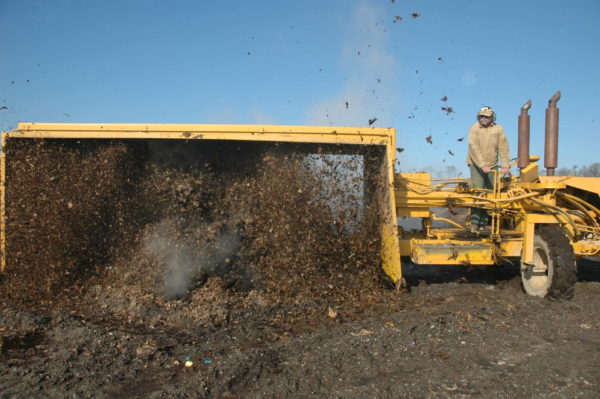
The 2019 PASA Conference in Lancaster, PA hosted a panel discussion with four advanced composters. Mike Brownback (Spiral
Path Farm), Dan Landis (Landisdale Farm), Matt Steinman (Dickinson College Farm), and myself have different approaches to composting but the conclusion from the discussion was that even though we are composting differently our final products are arguably pretty equal – we all produce stable organic matter containing a diversity of nutrients and microorganisms suitable for plant production.
Separate the “feel” good from the “real” good
I mentioned previously that composting can be an emotional topic. However, when we start thinking emotionally we stop thinking rationally. So, let’s take the time to separate the “feel” good from the “real” good and ask the question, what is high quality compost?
Is quality determined by chemical and biological parameters such as the amount of NPK or the number of microbes we count with a microscope? I’d claim neither and instead argue that those are ways to characterize compost.

The quality of compost should be measured by its end-use. For example, did you know that the long snake-like silt socks you may see along construction sites are often filled with compost (Figure 3)? From a farmer’s perspective, the quality of compost put into silt socks would be much lower than compost produced for plant production; however, is the end goal to make plants grow better or to stop sediments from washing off-site. So as you can see, quality depends on how the material is going to be used.
Let’s be specific – what is high quality compost for plant production? We can test our materials and use those results forcomparing and contrasting different composts. However, tests are a snapshot in time because compost continually changes physically, chemically and biologically. Furthermore, those test results cannot predict success or how plants will respond, despite what some might say. Instead, let your plants tell you the quality of your compost. For instance, after application did your plants grow better? Did you experience less disease? Was your soil buffered from seasonal changes in weather like drought? If you can answer yes with confidence to any one of those questions than its fair to say you have high quality compost.
Predicting success
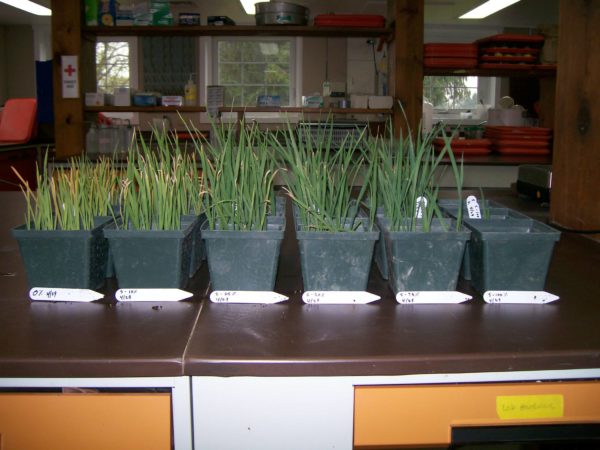
Compost amendment rate bioassays or grow-outs are low cost, at-home tests for predicting how plants will respond to compost. The general procedure is to first choose your base media (e.g. topsoil, potting media, sand, etc.) and then create different mixes of compost and media at varying rates. Typically I choose 0%, 10%, 25%, 50%, 75% and 100% compost:media by volume (Figure 4). Zero percent and 100% compost are used as controls, which is a very important point to make. How do you know if your compost did well for your plants or not? What are you comparing it to when it does work? Applying compost in one location and not in another while growing the same plants is a way to determine efficacy and compare results.
Compost happens!
Despite what our emotions or science tells us, if you are diverting organic wastes from the landfill and composting them than you are certainly doing a “real” good thing for your community and environment. What’s best is that it “feels” good too. Imagine a five-gallon bucket of rotting food waste sitting for a couple of weeks during the peak of summer. That description probably triggered a number of different senses, your olfactory senses for sure. Only a composter gets excited about dumping that bucket into their compost bin, knowing full well that they will be reaping the benefits come spring time – dark, crumbly, earth-smelling compost that you can feed to your plants.
Rick Carr is Compost Production Specialist at Rodale Institute.
